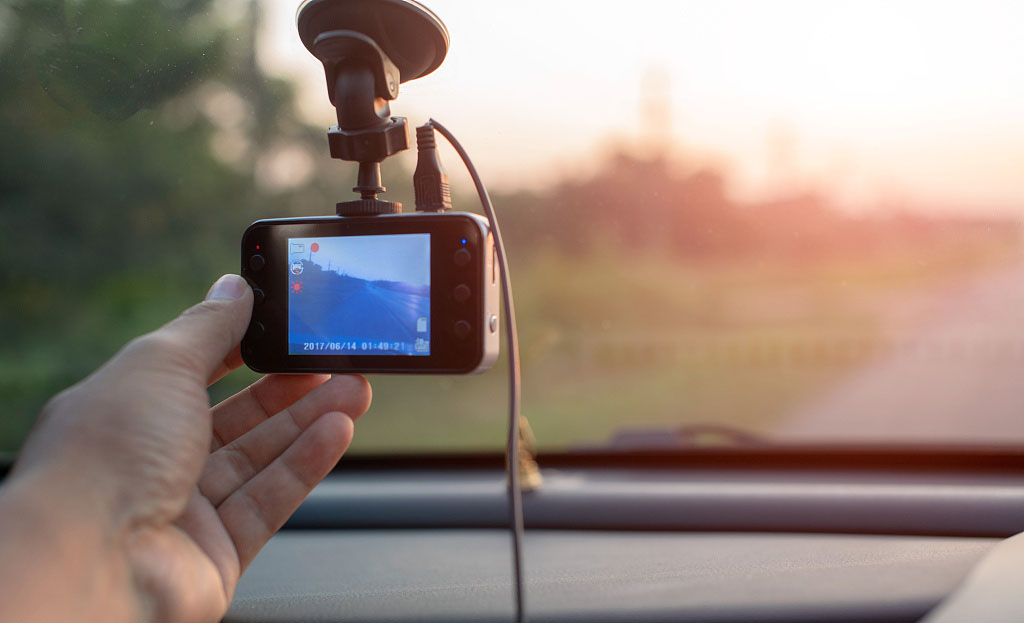Over the past few years, police body-worn cameras have gained recognition as a groundbreaking and revolutionary tool within law enforcement. These compact devices are securely attached to the uniforms of police officers, allowing them to capture live video and audio recordings of their interactions with the public. The use of body-worn cameras has gained significant attention due to their potential to enhance accountability, transparency, and trust between the police and communities they serve. This blog post will explore the benefits, challenges, and implications of police body-worn cameras in detail, shedding light on their role in modern policing.
Accountability and Transparency
Enhancing accountability and transparency stands as a key benefit offered by police body-worn cameras. The presence of cameras during police encounters can significantly reduce incidents of misconduct and excessive use of force. These cameras provide an objective record of events, allowing for impartial review and evaluation of police actions. The presence of body-worn cameras, which document interactions with the public, instills a higher level of accountability among police officers, as they are conscious of being under constant recording scrutiny. This accountability extends to both the officers themselves and the community, as footage can be used to address complaints or resolve disputes.
.jpg)
Strengthening Community Relations
Body-worn cameras have the potential to strengthen community relations by promoting transparency and building trust. The mere presence of cameras has the potential to de-escalate tense situations and encourage respectful conduct from both police officers and the individuals they come across. With the knowledge that their actions are being documented, officers are more likely to adhere to proper protocols and exhibit respectful behavior, ultimately cultivating a climate of positive interactions. Moreover, the availability of video evidence can help address concerns of biased policing or misconduct, leading to improved community-police relationships.
Enhanced Evidence Collection
Police body-worn cameras fulfill a valuable role in evidence collection, as they capture recordings that can serve as vital evidence in criminal investigations. These recordings play a critical role in establishing factual accuracy, corroborating witness testimonies, and ensuring the attainment of fair and equitable outcomes in legal proceedings. Video footage can capture details that may have been missed by officers or witnesses, providing a more accurate account of events. This proves particularly advantageous in situations involving conflicting narratives or disputed facts, as body-worn camera footage can provide valuable clarity and resolution.

Officer Training and Professional Development
Body-worn cameras offer an opportunity for training and professional development within law enforcement agencies. By reviewing recorded footage, supervisors can provide constructive feedback to officers, identifying areas for improvement and reinforcing best practices. This continual learning and evaluation process can enhance the overall professionalism and effectiveness of police officers, leading to better community service.
Privacy and Ethical Considerations
While body-worn cameras offer numerous benefits, they also raise important privacy and ethical considerations. Balancing the need for transparency with individual privacy rights is a crucial challenge. Policies and guidelines must be established to address concerns such as the retention and access to recorded footage, protection of sensitive information, and consent requirements when recording in private spaces. Striking the right balance ensures that body-worn cameras are used responsibly and ethically, without infringing upon the rights of individuals.

Disadvantages of police body worn cameras
While police body-worn cameras offer a range of advantages, it is crucial to acknowledge and consider the potential disadvantages and challenges they bring along. These include:
Selective Recording and Perception Bias: Body-worn cameras rely on the officer's decision to activate them, which may result in selective recording. Officers may choose to activate the cameras only in certain situations, potentially omitting crucial context. Additionally, the camera's field of view may not capture the entire scene, leading to a limited perspective and potential perception bias.
Privacy Concerns: The use of body-worn cameras raises privacy concerns for both officers and members of the public. Recording in private spaces, such as residences or hospitals, may infringe upon individuals' rights to privacy. Striking the right balance between transparency and privacy is crucial to ensure the ethical and responsible use of these devices.
Impact on Police-Community Relations: While body-worn cameras can help build trust, their presence may also create a sense of surveillance and hinder open communication during interactions. Some individuals may feel uncomfortable or intimidated when interacting with officers wearing cameras, potentially impacting the quality of community relations.
Data Management and Storage: The large amount of data generated by body-worn cameras poses significant challenges in terms of storage, management, and retrieval. Agencies must have robust systems in place to securely store and manage the footage while adhering to legal requirements for data retention and privacy.
Financial Costs: Implementing body-worn camera programs can be expensive for law enforcement agencies, requiring investments in camera equipment, data storage infrastructure, and training. These costs can pose a challenge for agencies operating under limited budgets.
Impact on Officer Behavior: While body-worn cameras are intended to promote accountability, some argue that they may lead to self-conscious behavior among officers. This can result in officers becoming overly cautious or hesitant, potentially affecting their ability to make split-second decisions in high-pressure situations.
Misinterpretation and Public Perception: Despite their potential to provide objective evidence, body-worn camera footage can still be subject to misinterpretation or misunderstanding. Public perception of the footage can be influenced by biases or preconceived notions, potentially leading to misconceptions about the actions of officers.
In conclusion, police body-worn cameras have the potential to transform law enforcement by enhancing accountability, transparency, and community trust. These devices provide an objective record of police interactions, promoting accountability among officers and strengthening community relations. Additionally, body-worn cameras serve as a valuable tool for evidence collection and officer training. However, it is crucial to navigate the privacy and ethical considerations surrounding their use to ensure they are implemented responsibly. As technology continues to advance, body-worn cameras offer a promising avenue for promoting fair, just, and effective policing in the modern era.


 French
French German
German Arabic
Arabic Italian
Italian Spanish
Spanish Japanese
Japanese Persian
Persian Korean
Korean Chinese (Simplified)
Chinese (Simplified)









